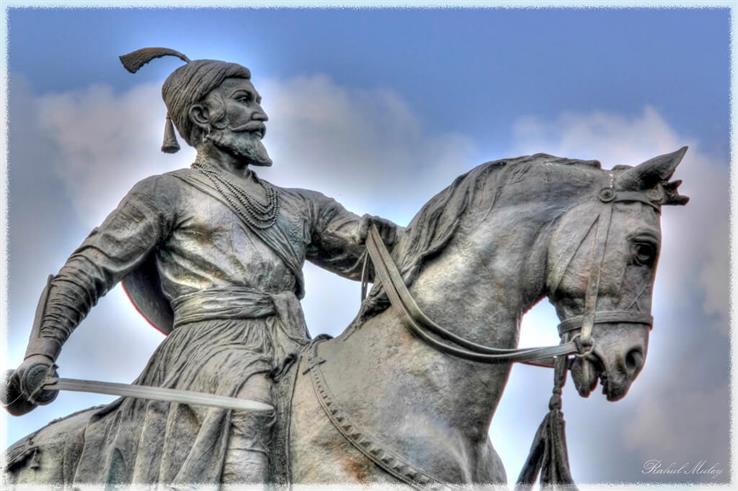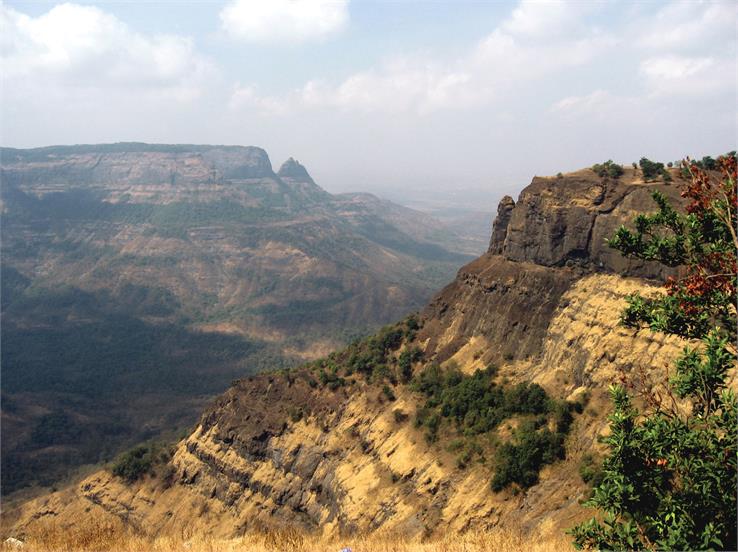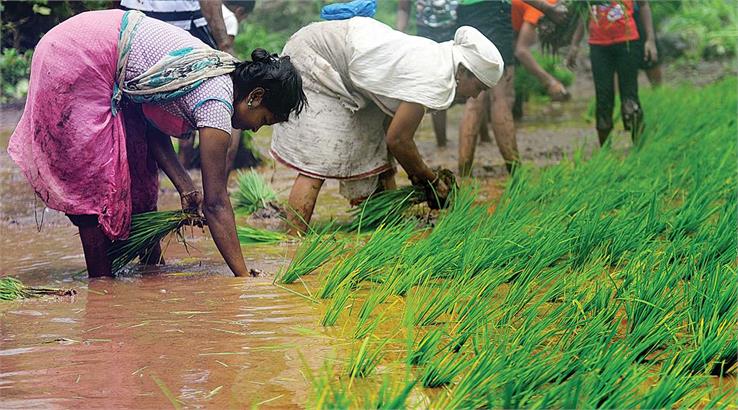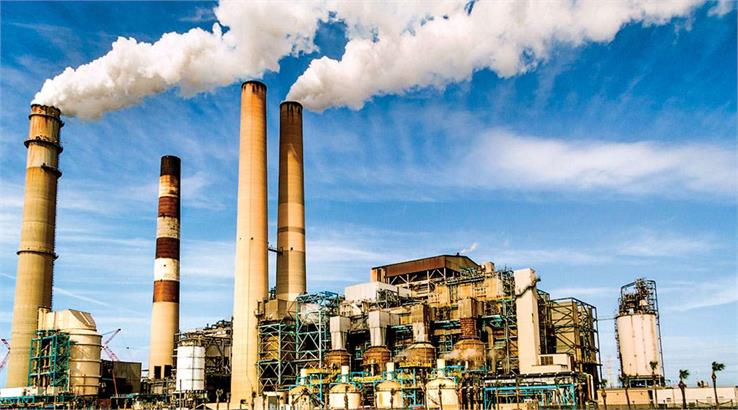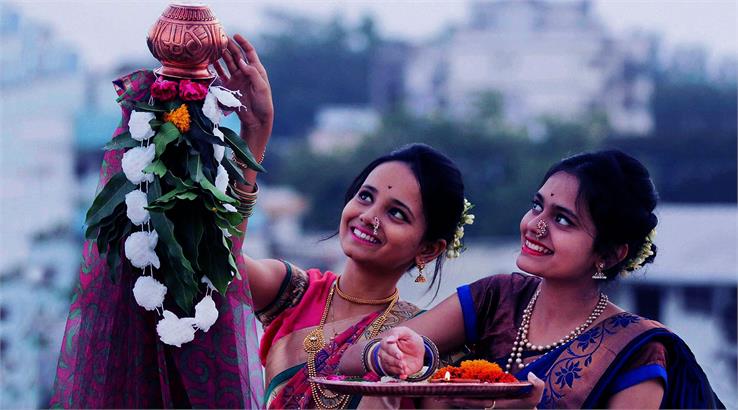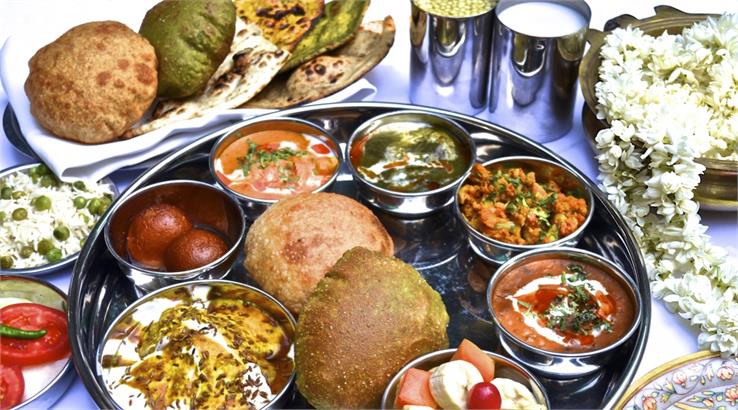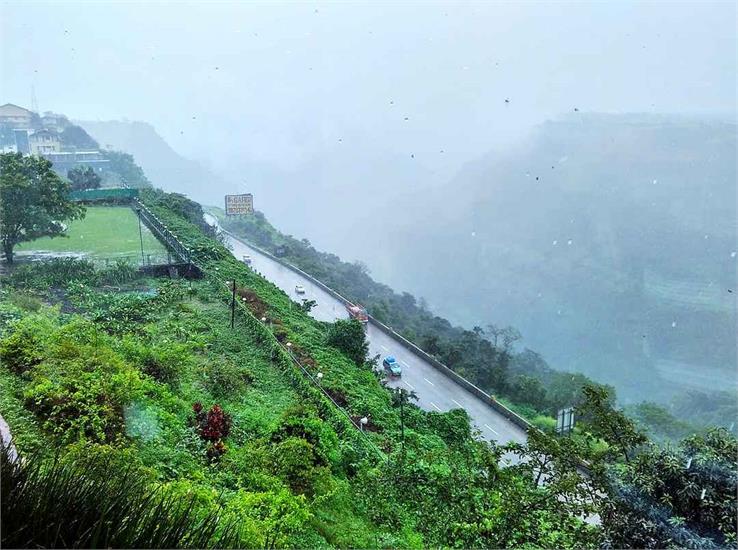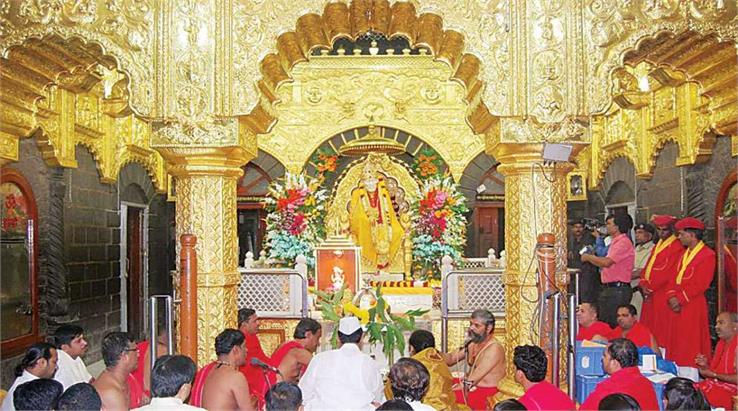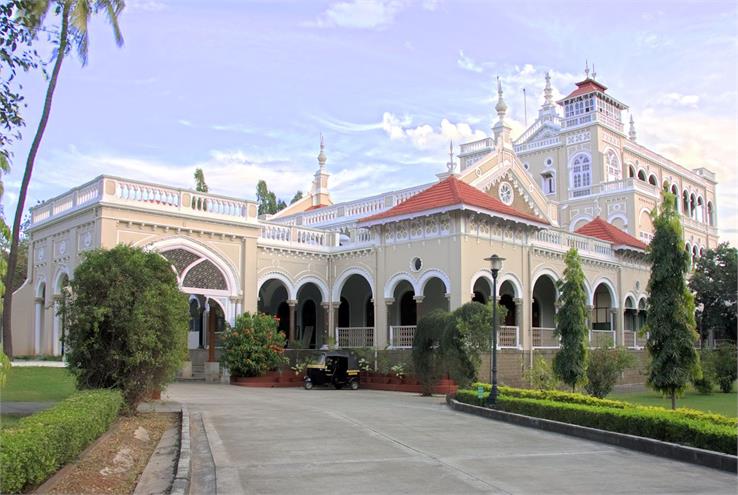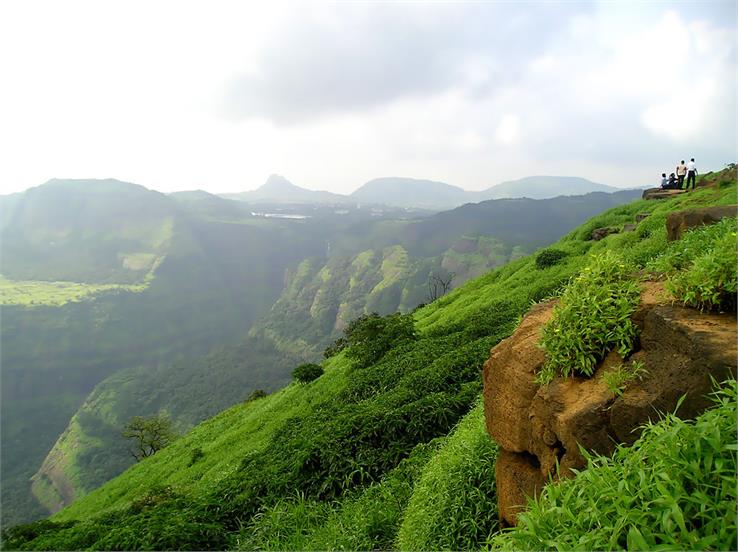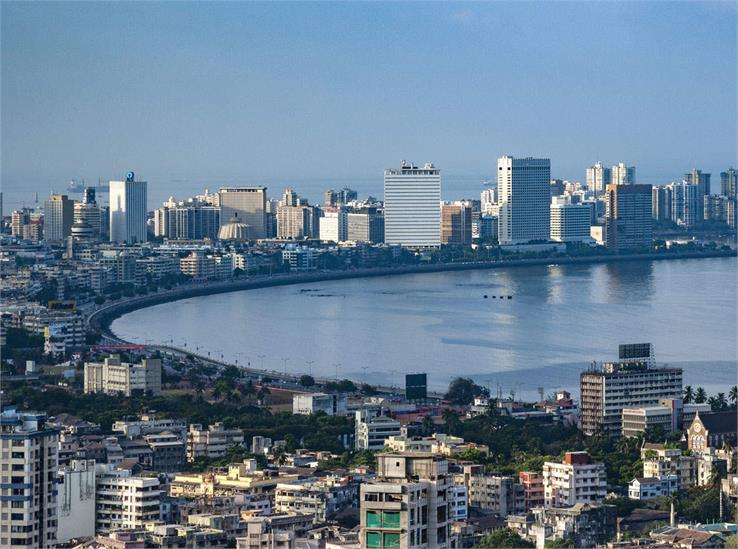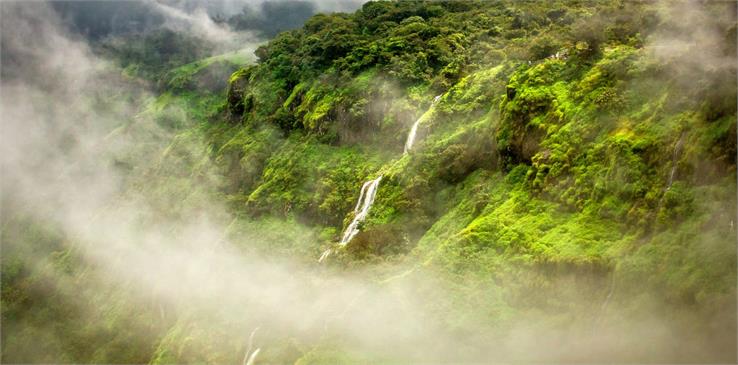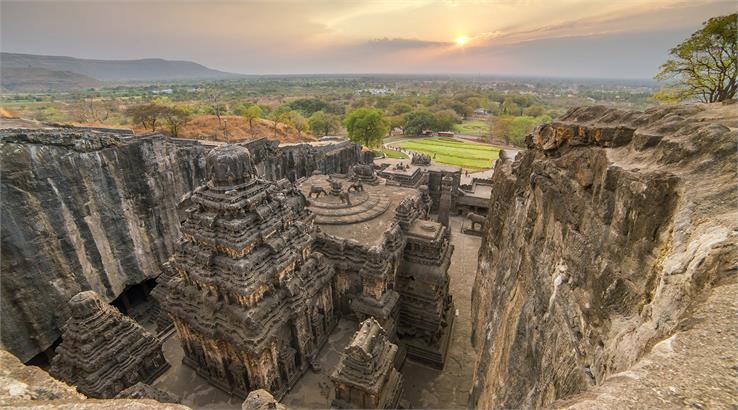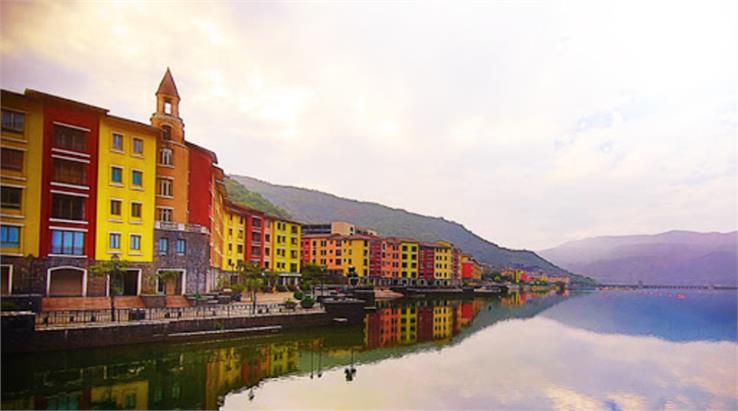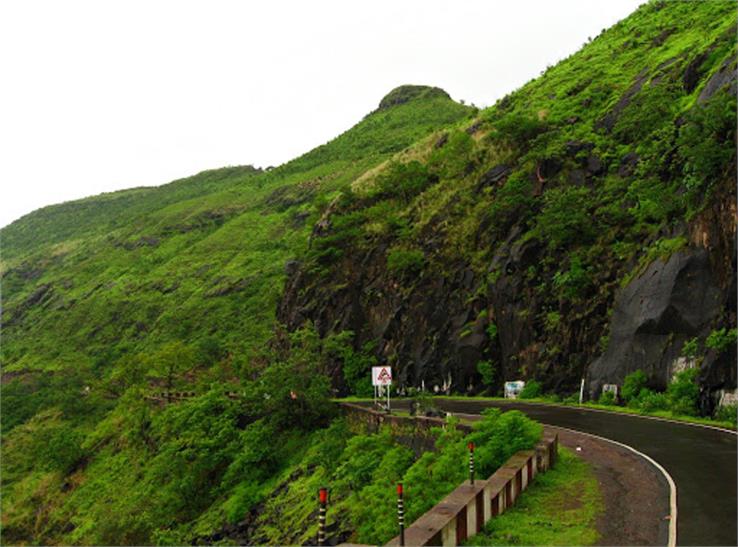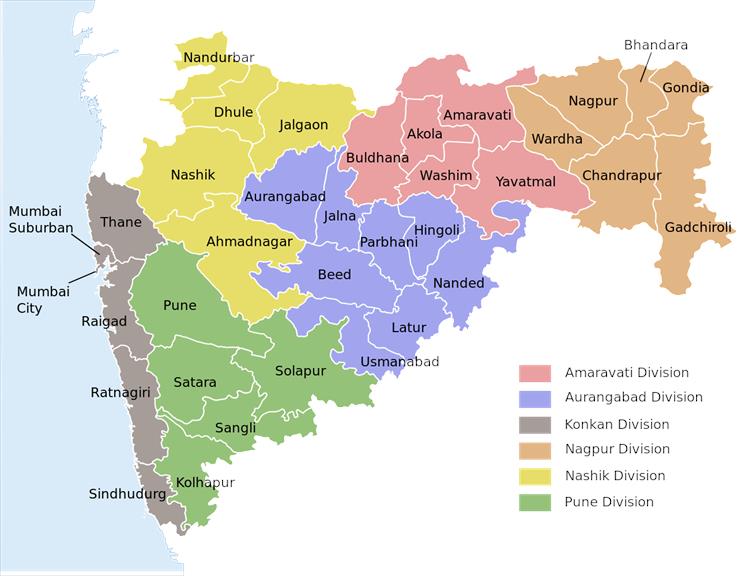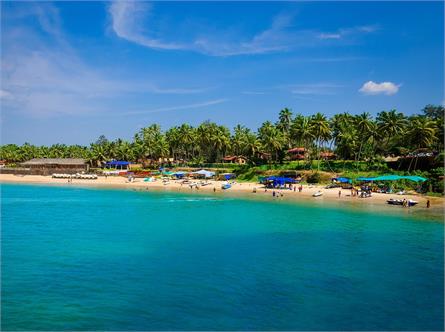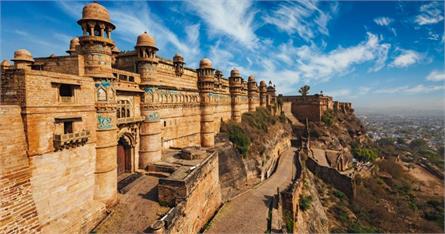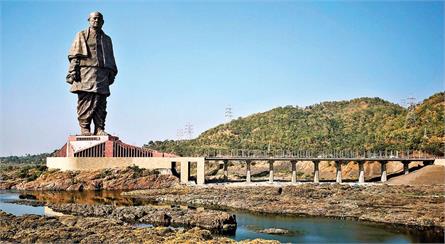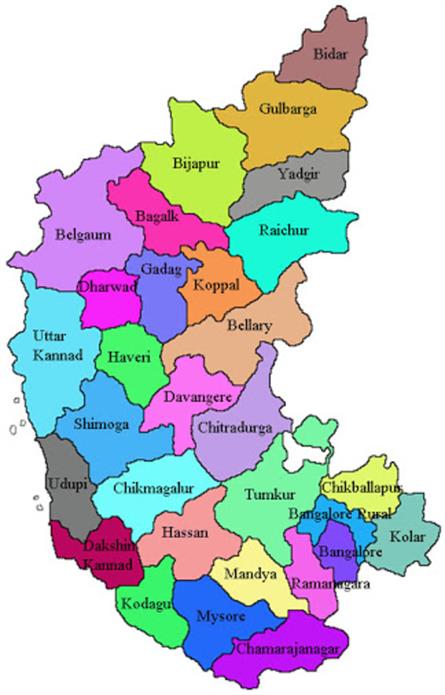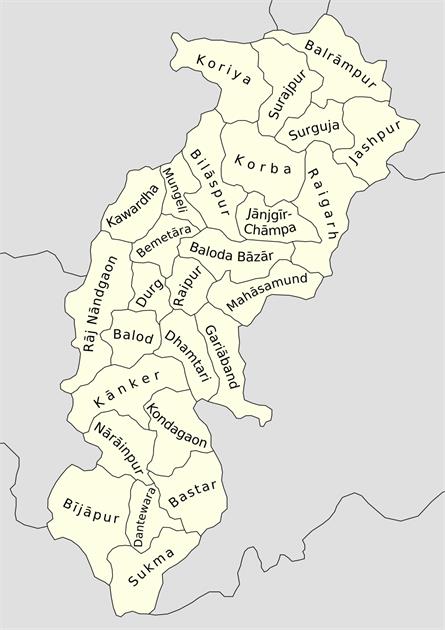Maharashtra: A Guide to the Vibrant State
Maharashtra is a beautiful state of India, which is also known as the 'Gateway to the Heart of India.' Maharashtra is much larger than many other states of the country. The beauty and unlimited tourist destinations of the state attract thousands of travelers every year. It is full of palaces, temples, ancient forts, caves, and many natural tourist destinations. Maharashtra, situated right next to Madhya Pradesh, is the second-most populous state in India. It has endowed a picturesque backdrop of mountains on one side, and the beautiful Konkan coast on the other, due to its proximity to the Western Ghats.
The third-largest state of India, Maharashtra, is situated in the western part of India. The Arabian Sea surrounds Telangana in the southeast, Maharashtra in the west, Karnataka in the south, Madhya Pradesh in the north, Chhattisgarh to the east, and Gujarat in the northwest. The total area of Maharashtra is 3,07,713 sq km.
Mumbai is the capital of Maharashtra, as well as the entertainment, commercial, and financial capital of the entire country. Nagpur is the subsidiary capital (winter capital) of the state. Maharashtra is known as the wealthiest state in the country and contributes 15 percent industrial production and 14 percent GDP to the country. The state has several wildlife sanctuaries, national parks, and tiger conservation projects to protect endangered species, especially the Bengal tiger, and to conserve bio-heritage.
History

The history of Maharashtra is vibrant, and astonishing rulers have ruled here. Based on historical evidence, it can be said that Maharashtra has existed since the third century. In the beginning, the 'Vakataka dynasty' ruled here who were excellent fighters. They changed the name of the state to 'Dandakaranya' which meant the king who ruled the forest. He was later defeated by the Yadavas, who ruled the region for a few years, their reign ended in 1296 when the Muslim king Ala-ud-din Khilji attacked here. After Khilji, Muslim rulers Mohammed bin Tughlaq and Bahmani Sultans of Bijapur established their empire. Then came the Marathas led by Shivaji, who fought against the Mughals and became king of Maharashtra in 1680. Then, Maharashtra came under the Peshwa dynasty, which after several wars, lost it to the British. After the independence of India in 1947, several princely states came together to form Maharashtra, and in 1960, under the Bombay Reorganization Act, Maharashtra was officially declared a separate state of the Government of India.
Geography

Maharashtra is situated in the north of India, and a geographical feature of the state is its predominantly plateau character. Maharashtra is an important part of the famous Deccan plateau with the Sahyadri Range of the Western Ghats. The highest peak of the state is Kalsubai of the Western Ghats and the coastal plain of Konkan in the west. Satpura mountains in the north and Chiroli-Bhamarabad-Gakhuri in the east serve as a natural boundary for the state. The major rivers of Maharashtra are the Godavari, Krishna, and Tapi. The climate of the state is tropical monsoon, which has three distinct seasons: scorching summers, mild, and rainy. The monsoon receives heavy rainfall, especially in the Konkan region and light rains in the rest of the state. An important physical trait of the state is the natural vegetation of the area, which forms shrubby forest and has 17-20 percent of the geographical area of the state. These evergreen forests exist due to various climatic and topological conditions.
Climate of Maharashtra
The climate of Maharashtra is tropical monsoon, and annual rainfall is around 400 mm to 6000 mm. The average temperature is between 25 and 27 degrees.
Economy of Maharashtra
Maharashtra is the wealthiest state in India due to its high GDP and ranks third in urbanization. Being the financial capital of the country, Mumbai is headquartered by major banks, top insurance companies, financial institutions, and renowned mutual funds. It is also the center of the Indian film and television industry, from which the state receives crores of rupees from the country and abroad every year. 64.14% of the total population of Maharashtra is engaged in agricultural activities.
The major industries of Maharashtra are transport, machinery, metallurgy, electrical cotton textiles, and chemicals. Other sectors such as automobiles, food processing, heavy chemicals, sugar, pharmaceuticals, petrochemicals, etc. have been very prosperous. The software industry is also doing well, and Maharashtra contributes 30 percent to the software exports of the country. The state generates excellent revenue from jeeps, three-wheelers, cars, synthetic fiber, and the liquor industry. India's largest stock exchange, Bombay Stock Exchange, is also located in Maharashtra.
Agriculture

About 65 percent of the workers in Maharashtra are dependent on agriculture and allied activities. Maharashtra is famous for its variety of oilseeds, such as groundnut, soybean, sunflower, and crops such as onions, millet, pulses, rice, wheat, and turmeric. Cultivation of fruits is also widespread in which bananas, mangoes, oranges, and grapes are produced in large quantities.
Two-thirds of the residents of Maharashtra are engaged in cultivating. The irrigation facility has made Maharashtra the largest sugarcane and sugar-producing region in India.
Industry

Maharashtra is a hub of the industrial potential of the entire country. The industrial sector occupies an essential place in the economy of the state. Printing and Publishing, Chemical Products, Food Products, Tobacco and Items, Cotton Fabrics, Transport Equipment, Electrical Machines, Paper and Items, Rubber, Plastic, and Equipment, etc. have a significant contribution in the industrial sector. Maharashtra ranks next to Kerala in marine fishing. Cotton textile mills are the oldest manufacturing factories. Mumbai is the center of the financial and commercial activities of the country and is the national center of India's film industry.
Demography
The population of Maharashtra is 112,372,972, and the population density is 365 sq km. The majority of the population is Marathi Hindus, which is 82 percent of the total population, and Muslims constitute 13 percent of the population. Maharashtra, being the second largest state in terms of population, the beautiful city of Nagpur and Mumbai have the highest number of urban Muslims. Sikhs, Christians, Jains, and Buddhism are the other religious residents in Maharashtra. Catholic Christians and Protestant or Marathi Christians are spread across the state in large numbers.
Government and Politics
Maharashtra has an elected government, which consists of 288 MLAs who are elected for a five-year. The Legislative Council and Vidhan Sabha are the two bicameral legislatures of Maharashtra. The governor appointed by the central government is the head of the state, and the chief minister is the head of the government. Maharashtra has 19 seats in the Rajya Sabha and 48 seats in the Lok Sabha, with six administrative districts and five core areas. The members of the Legislative Assembly elect the Chief Minister through the election. Since independence, the state and its capital have been dominated by the Indian National Congress.
Education of Maharashtra
The education sector in Maharashtra is excellent. The state has a Central University, 21 Deemed Universities, 19 State Universities, in which millions of students study in different faculties. Maharashtra's literacy rate is 83 percent, which is much higher than the country's average. There are many medical colleges and law colleges in the state. The University of Pune and the University of Nagpur are also well-known everywhere in the country. Moreover, the University of Mumbai held thousands of students across the country and was established in 1857. Autonomous institutes like the Indian Institute of Technology, Mumbai, and the Indian Institute of Science Education and Research in Pune have also brought glory to the state by giving the country top engineers and scholars.
Transport in Maharashtra
Maharashtra is well connected to the entire country and the whole world due to its multiple modes of transport. Mumbai is considered the busiest airports in the country from where Government and private flights take off. Being situated on the Arabian Sea, the state has 49 ports. People mostly use local trains inside Mumbai, which is also called the lifeline of the city.
Maharashtra is an important industrial state of India, which is home to many popular tourist destinations. The excellent network of transport further enhances the development of tourism in Maharashtra.
Roadways
Maharashtra connects with the rest of the country with the help of National Highway 17 and 6. The road network of the state is excellent. The Maharashtra State Road Transport Corporation runs many buses, which connects the major cities of the country.
Airways
There are two airports in the capital of the state, Mumbai. One is Chhatrapati Shivaji International Airport, and the other is Santa Cruz Domestic Airport. All private and government airlines such as Air India, Indian Airlines, Spice Jet, Air Deccan operate regular flights from Mumbai.
Railways
Mumbai has the most prominent railway station in the state. A large number of important trains connect the city to other cities and states of the country. There are several major railway stations in or around the tourist places.
Society and Culture

There is a unique blend in the cultural heritage of Maharashtra. Ganesh Chaturthi is celebrated with great enthusiasm throughout the state due to the majority of its population being Hindu, and a folk dance is also prevalent in festivals. The most popular dance forms are Lavani, Dhangari Gaja, Povadas dance, Koli dance, and Tamasha dance. Music dwells in the soul of this state, and its earliest form of theater music was sung on stage by veteran singers. Bhaleri is the most common folk song among the rural Marathas, which is composed to encourage workers. Varieties of crafts like Bidriware, Kolhapuri chappals, and ornaments, Paithani, Warli paintings, etc. are famous all over the world.
As Maharashtra is a large state, it is home to many religions. The state also follows different traditions with different communities. People of Maharashtra have used to wear distinct varieties of clothes since ancient times. In which men wear dhoti, and women wear choli and sarees. However, with the change of time, Maharashtrians are following the latest fashion trends of western countries, to be updated.
Festivals of Maharashtra
Maharashtra is a glorified land, where people use to celebrate ample festivals throughout the year. Some important celebrations are -

- Kala Ghoda Arts Festival is a nine days long festival celebrated every year on the first Saturday of February till the second Sunday of the month.
- Elephanta Festival, organized by the Maharashtra Tourism Development Corporation (MTDC), is an outstanding festival. It is a two days festival celebrated in February with the aim to promote Mumbai tourism and culture.
- Gudi Padwa is a traditional festival to celebrate the day of the Hindu New Year from the Pratipada of the Shukla Paksha of Chaitra month. The celebration of Gudi Padwa is celebrated with gaiety in the South Indian states, including Maharashtra, Andhra Pradesh, and Goa.
- Every year on May 1, people of Maharashtra celebrate Maharashtra Day as it is the foundation day of the state. In 1960, the state of Maharashtra was established and was recognized as a state of India.
- The fast of Vat Purnima keeps married women safe and grants long life to their husbands, as per beliefs. The full moon of Jyestha month holds special significance in Hinduism. On the full moon day of Shukla Paksha in the month of Jyeshtha, women worship the Vat tree (Banyan Tree) and observe a fast for the whole day. It is also known as Vat Savitri Vrat.
Other major festivals of the state include Ram Navami, Deepawali, Akshaya Tritiya, Mahavir Jayanti, Gokul Ashtami, Navroz, or Parsi New Year, Narli Purnima, Buddha Jayanti, Ramadan, and Dussehra.
Best time to Visit Maharashtra
One can plan a trip to Maharashtra anytime because of its pleasant weather. But many cities have seen huge destruction during the monsoon. On the other hand, many areas become quite beautiful due to rain. So, from October to March is the best time to visit Maharashtra.
Famous Cuisine of Maharashtra

As soon as thinking about the food and delicacies of Maharashtra, Kanda Poha, Vada Pav, and Pav Bhaji are on the top of the list. However, this state has a limitless variety of cuisines. The mouthwatering cuisine of Maharashtra has a marvelous blend of distinct communities residing in the state.
- Bombay Bhel Puri: The taste of Mumbai's Bhelpuri is world-famous, and tourists love this lip-smacking street food.
- Puran Poli: Puran Poli, an appetizing Marathi dish, is similar to the sweet paratha. Pooran Poli uses sweet lentils stuffing and is unique in taste.
- Vada Pav: Vada Pav is one of the most preferred in Maharashtra. It is a vegetarian fast food dish and is a favorite snack, especially in Mumbai.
- Thalipeeth: It is a Marathi dish made from several lentils and cereal flour. Therefore, Thalipeeth will increase your taste as well as your health.
- Misal Pav: Misal Pav is also very famous in Mumbai, which originates from Nashik. It can be enjoyed in the evening snacks.
- Varan Bhaat (Maharashtrian Dal and Rice): Arhar dal is made with coconut paste in Maharashtra, which forms Varan. It is usually eaten with rice.
- Pav Bhaji: Pav bhaji is again a tempting food of the state of Maharashtra, but famous all over the country.
Best Places to Visit Maharashtra
Khandala

Khandala is a prominent tourist destination in Maharashtra situated at the foothills of Sahyadri, which is an ideal tourist destination for the people of Mumbai with beautiful valleys, grassy hills, peaceful lakes, and misty springs. Natural beauty is at its peak during the monsoon.
Shirdi

Shirdi is a major religious place in Maharashtra, where a large number of devotees come on a daily basis. Shirdi is the abode of Saint Sai (Sai Baba), the great saint of India, where many of his temples associated with historical sites are built. Shirdi is connected to the city of Nashik and has many religious places. Devotees coming to Shirdi believe that Sai Baba will fulfill their every desire and will never disappoint them. While visiting Shirdi, one can also visit places like Shree Saibaba Chavadi, Sai Baba Samadhi Mandir, and Wet N Joy Water Park.
Pune

Pune is the second-largest city in Maharashtra and a major tourist destination. Pune is a city that fascinates tourists, and the picturesque places of the city thrill everyone. The city of Pune is quite popular with its clean beaches, waterfalls, historical forts, and picnic spots.
Lonavala

Lonavala is a major tourist destination in Maharashtra, which is located close to Pune and Mumbai. This tourist destination, with its numerous waterfalls, lakes, and hills, is an excellent place for tourists and trekkers. Lonavala is a part of the Sahyadri Hills that offers tourists a fascinating and enchanting experience of nature.
Mumbai

Mumbai is the major city and capital of the state of Maharashtra, which is known as the 'City of Dreams.' Mumbai, earlier known as Bombay, has a long colonial history of its own. Mumbai, apart from being home to Bollywood, is also known for its many tourist destinations. Gateway of India is the major tourist spot. Mumbai's Raj Hotel is a famous landmark that stands in front of the Gateway of India. Mumbai is situated right next to the Arabian Sea, due to which one can enjoy the beautiful weather of the state. Marine Drive is a place to roam where you can sit and experience the elegance of water. Most of the Bollywood stars' homes are located in Bandra. Local street food such as vada pav, pav bhaji, dahi puri, pani puri, and kala khatta will give a memorable taste.
Lavasa

Lavasa in Maharashtra is known as the newest hill station in India. The city is a beautiful project based on the Italian city of Portofino. Lavasa is spread over seven hills covering an area of 25,000 acres. Lavasa is a perfect blend of beauty and infrastructure that offers its tourists truly picturesque views with magnificent scenery ranging from hotels, resorts, educational institutions, IT companies, malls, residential properties, etc.
Panchgani

Situated at an altitude of 1334 meters, Panchgani is a dominant hill station in Maharashtra. Panchgani is the coldest and popular tourist destination of Maharashtra, which is known for its panoramic views. This tourist destination in Maharashtra has been named Panchgani after the five hills of Sahyadri mountain. In British rule, it is enjoyed as a summer resort. One can view the charming glimpses of Kamalgad Fort as well as Dham Dam and Reservoir. The Panchgani tourist destination is a paradise for nature lovers.
Nashik
Nashik, a sacred Hindu city in Maharashtra, is host to the Kumbh Mela held after every 12 years. Nashik is home to many foreign temples and is famous as a place in Hindu mythology where the nose of Ravana's sister, Shurpanakha, was cut by Lakshmana. A city on the banks of river Godavari in Maharashtra receives thousands of tourists every year. The city is quite famous for Vineyards, which gives a chance to taste many exotic cocktails.
Mahabaleshwar

Mahabaleshwar is a hill town located in the Western Ghats of Maharashtra, which is known for its majestic peaks, various rivers, and magnificent waterfalls. Mahabaleshwar is quite famous for its captivating beauty as well as a beautiful strawberry farm and is one of the most visited tourist destinations on weekend in Maharashtra.
Aurangabad
A major city in the state of Maharashtra, Aurangabad was declared as the tourism capital of Maharashtra by the government in the year 2010. The city of Aurangabad got its name from being the erstwhile capital of the Mughal emperor Aurangzeb in the 17th century AD. Aurangabad is a major tourist destination that has the power to delight tourists with its scenic spots. The city is quite famous for Ajanta and Ellora, the extremely famous caves of Daulatabad Fort. Moreover, it is known for being home to the 'Tomb of Mughal Emperor Aurangzeb' and 'Bibi Ka Maqbara.'
Ajanta and Ellora Caves

The caves of Ajanta and Ellora are one of the ancient rock-cut caves in India. They are located near the city of Aurangabad in the state of Maharashtra. With paintings, frescoes, and beautiful sculptures, Ajanta and Ellora caves are one of the most visited tourist sites in Maharashtra. The caves of Ajanta and Ellora have been included in the UNESCO World Heritage Sites list. The well-equipped Ajanta and Ellora caves combine Buddhist, Jain, and Hindu monuments.
Gallery
